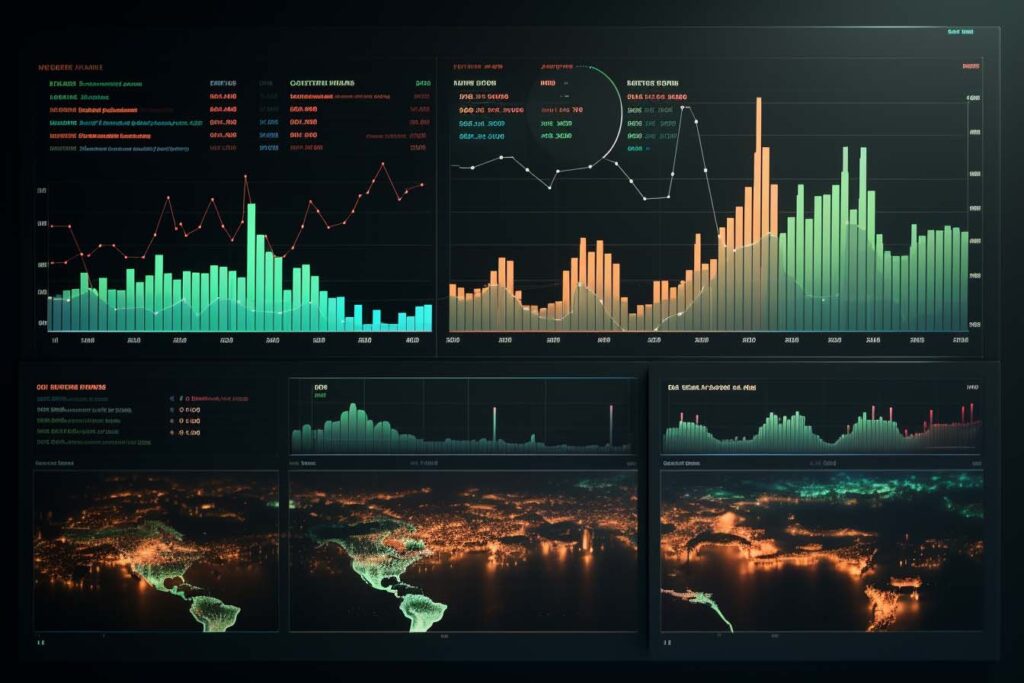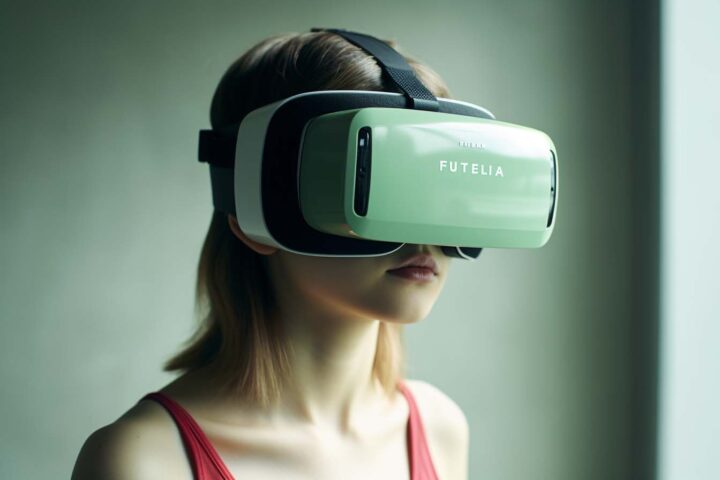Decoding Medical Imaging Technology: A Look into MRI, CT Scans, and More
Welcome to our comprehensive guide on medical imaging technology! In this article, we will take a deep dive into the world of medical imaging and explore some of the most commonly used technologies, such as MRI (Magnetic Resonance Imaging), CT (Computed Tomography) scans, and more. Whether you’re a healthcare professional, a patient, or simply curious about the fascinating field of medical imaging, this article will provide you with valuable insights and demystify the intricacies of these advanced diagnostic tools.
MRI (Magnetic Resonance Imaging)
One of the most widely-known and essential imaging techniques in modern medicine is Magnetic Resonance Imaging, or MRI. Utilizing a powerful magnetic field and radio waves, MRI machines generate detailed images of the internal structures of the body. These images are invaluable for diagnosing a wide range of medical conditions, from brain disorders and musculoskeletal injuries to cardiovascular diseases.
The high-quality images produced by MRI scans offer healthcare professionals unparalleled insight into the human body. By employing a combination of radio waves, magnetic fields, and computer algorithms, MRI scanners provide three-dimensional visualizations of organs, tissues, and other structures. This allows doctors to accurately detect abnormalities, assess the extent of injuries or diseases, and plan appropriate treatment strategies.
Furthermore, MRI technology is non-invasive and does not involve ionizing radiation, making it a safe option for patients of all ages. Unlike X-rays or CT scans, which utilize ionizing radiation, MRI scans are widely preferred for pediatric patients, pregnant women, and individuals who may be susceptible to radiation-related complications.
CT (Computed Tomography) Scans
While MRI is exceptional for visualizing soft tissues, bones, and organs, CT scans excel in providing detailed images of the body’s internal structures in cross-sectional slices using X-ray technology. By rotating an X-ray beam around the patient, CT scanners capture a series of images from different angles that are then assembled by a computer to generate a comprehensive image of the area of interest. This technology enables healthcare professionals to effectively diagnose and monitor various medical conditions.
CT scans are particularly useful in emergency medicine and critical care situations due to their speed. A CT scanner can capture detailed images in a matter of seconds, allowing for rapid assessment and immediate intervention when every moment counts. Moreover, CT scans are instrumental in detecting and characterizing tumors, assessing the severity of trauma, and guiding interventional procedures.
Other Imaging Technologies
Although MRI and CT scans are two of the most prominent imaging technologies, the field of medical imaging encompasses a vast array of techniques. Here are a few other notable imaging modalities:
- X-Ray: X-rays use electromagnetic radiation to produce images of various body parts. They are commonly used to diagnose skeletal abnormalities, dental problems, and lung diseases.
- Ultrasound: Ultrasound imaging employs high-frequency sound waves to create real-time images of internal organs and structures. It is frequently used during pregnancy to monitor fetal development, as well as to examine abdominal organs, blood vessels, and the heart.
- Nuclear Medicine: This branch of imaging technology utilizes radioactive tracers to create images that detect abnormalities in body function. Techniques such as SPECT (Single Photon Emission Computed Tomography) and PET (Positron Emission Tomography) scans provide valuable information regarding metabolism, blood flow, and cellular activity.
Conclusion
In summary, medical imaging technology plays a vital role in modern healthcare, aiding in the accurate diagnosis, treatment planning, and monitoring of various medical conditions. MRI and CT scans, along with other imaging modalities such as X-ray and ultrasound, offer healthcare professionals valuable insights into the human body’s intricate structures and functions.
Whether it’s the powerful magnetic fields of MRI machines or the cross-sectional images provided by CT scanners, medical imaging technologies continue to push the boundaries of medical science, enabling doctors to provide the best possible care for their patients.







